What is the tolerance range of precision screws?
What is the tolerance range of precision screws?
Service Hotline
+86760-8787 8587We have more than ten years of experience in screw industry production. The main products are: chassis cabinet studs, elevator expansion screws, aluminum countersunk head rivets, stainless steel triangular anti-theft screws, flat head isolation stud nuts, cross flat round head children's crib screws and nuts, Non-standard fine pitch screws, straight-through embedded nuts, screw manufacturers, metal anti-skid washers, thin fine pitch nuts, carbon steel A-grade screws, hollow pin positioning pins, 8.8-grade hot-dip galvanized hexagon nuts, 6304 stainless steel screws and other fasteners , Due to the different materials and specifications of the products, the prices are also different, if necessary, please contact us.


④ Screw tooth type A: Self-tapping sharp tail (Japanese standard type 1) sparse AB: Self-tapping sharp tail (Japanese standard type 4) dense; B: Self-tapping flat tail (Japanese standard type 2) sparse; C: Self-tapping Tapping flat tail (the third type of Japanese standard) dense; P: double wire teeth Type triangle teeth CCT: C type triangle teeth PTT: P type triangle teeth STT: S type triangle teeth
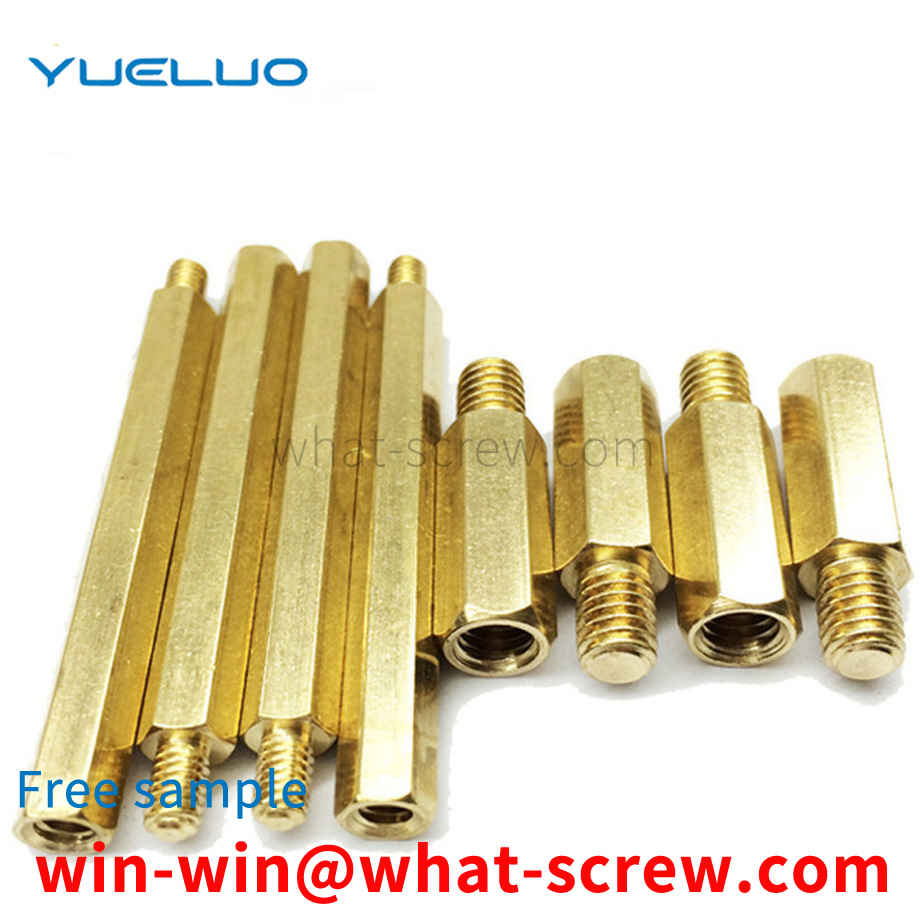
Several concepts about high-strength bolts 1. According to the specified performance level of bolts above 8.8, they are called high-strength bolts. The current national standard only lists M39. For large-size specifications, especially those with a length greater than 10 to 15 times High-strength bolts, domestic production is still short-term. The difference between high-strength bolts and ordinary bolts: High-strength bolts can withstand larger loads than ordinary bolts of the same specification. High-strength outer hexagon bolts High-strength outer hexagon bolts are made of Q235 (ie A3). The material of high-strength bolts is 35# steel or other high-quality materials, which are heat-treated after being made to improve the strength. The difference between the two is the difference in material strength. From raw materials: High-strength bolts are made of high-strength materials. The screws, nuts and washers of high-strength bolts are all made of high-strength steel, such as No. 45 steel, 40 boron steel, 20 manganese titanium boron steel, 35CrMoA, etc. Ordinary bolts are usually made of Q235 (equivalent to A3 in the past) steel. In terms of strength grades: high-strength bolts are increasingly used. Two strength grades are commonly used, 8.8s and 10.9s, of which 10.9 is the majority. The strength level of ordinary bolts is lower, generally 4.4, 4.8, 5.6 and 8.8. High-strength bolts High-strength bolts are viewed from the force characteristics: high-strength bolts apply pretension and transmit external forces by friction. Ordinary bolt connection relies on the shear resistance of the bolt and the bearing of the hole wall to transmit the shear force. When the nut is tightened, the pre-pressure is very small, and its influence can be ignored. In addition to its high material strength, high-strength bolts also exert a large amount of pressure on the bolts. The pre-pressure generates extrusion force between the connecting components, so that there is a large friction force perpendicular to the direction of the screw, and the pre-pressure, anti-slip coefficient and steel type directly affect the bearing capacity of high-strength bolts. According to the force characteristics, it is divided into pressure type and friction type. The calculation methods of the two are different. The minimum specification of high-strength bolts is M12, and M16~M30 are commonly used. The performance of super-large bolts is unstable and should be used with caution in design.
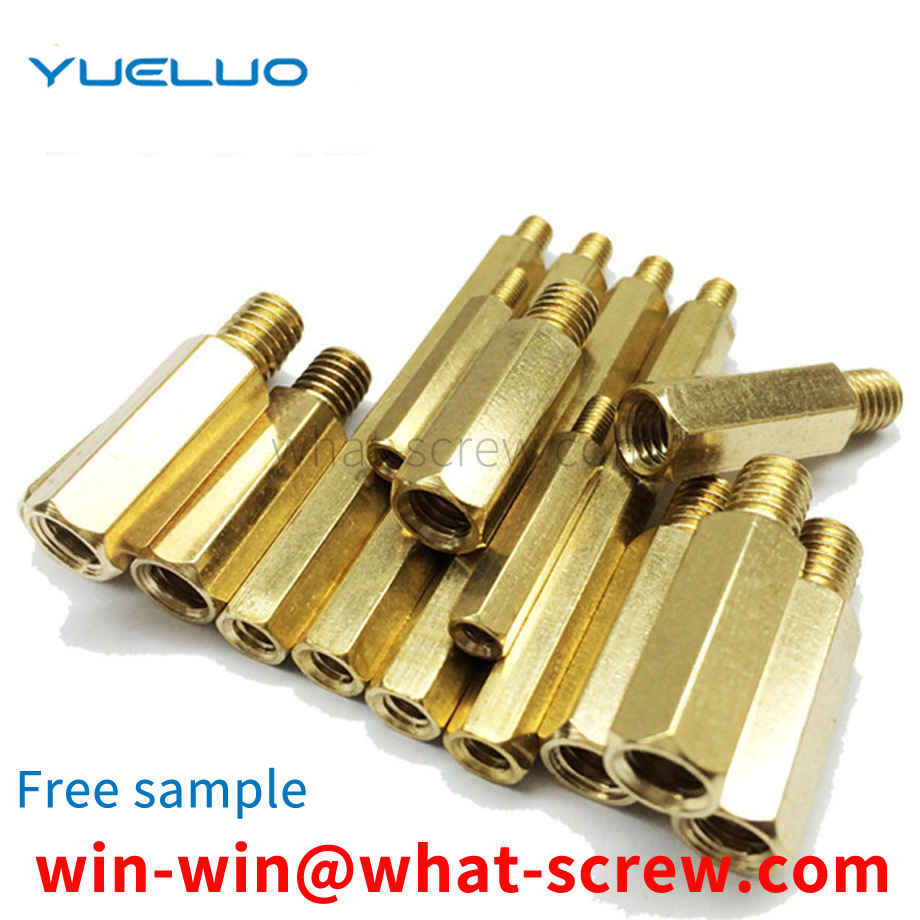
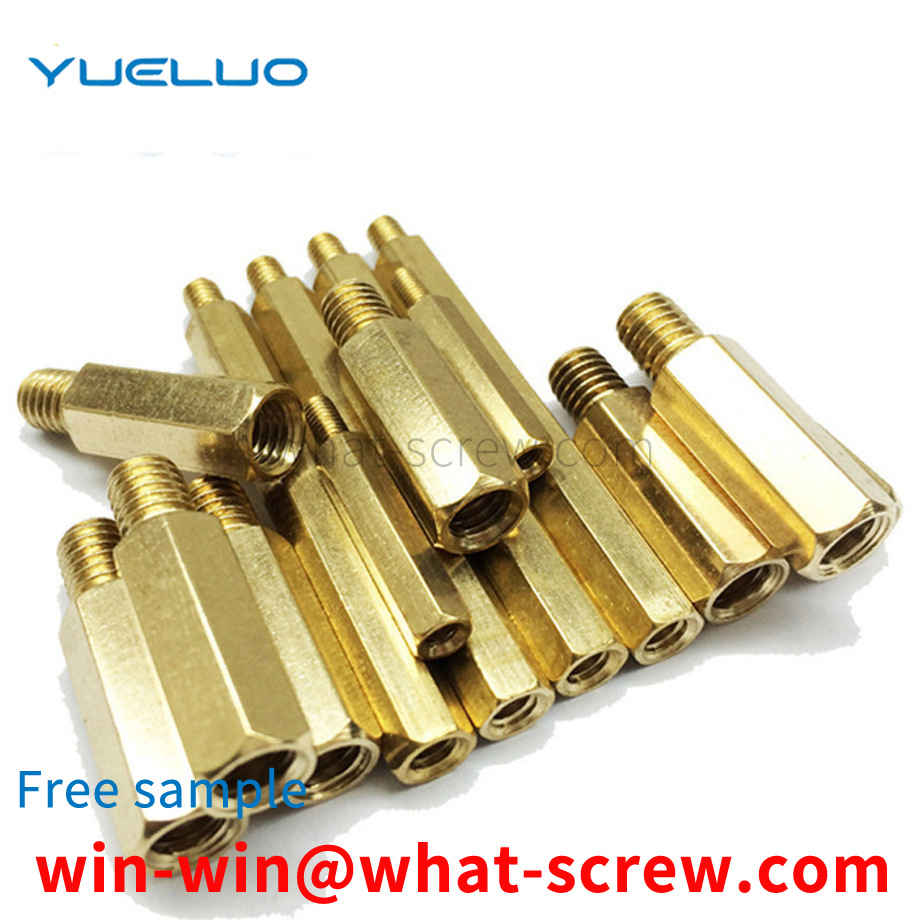
The spring washer can prevent loosening and increase the pre-tightening force, while the flat washer does not have this function. It can be used to increase the tightening contact area, prevent the friction between the bolt and the workpiece, and protect the surface of the connector to prevent bolts. The surface of the workpiece is scratched when the nut is tightened. However, for some important connections, such as places that rely mainly on compression to generate frictional force to transmit power, spring pads cannot be used, and the rigidity of the connection is reduced, which is prone to accidents. Spring washers can be omitted. When the strength of the connected parts is low, use flat washers or flange bolts to increase the contact area. When there is vibration, pulse, and the temperature of the medium fluctuates greatly, spring washers must be used.
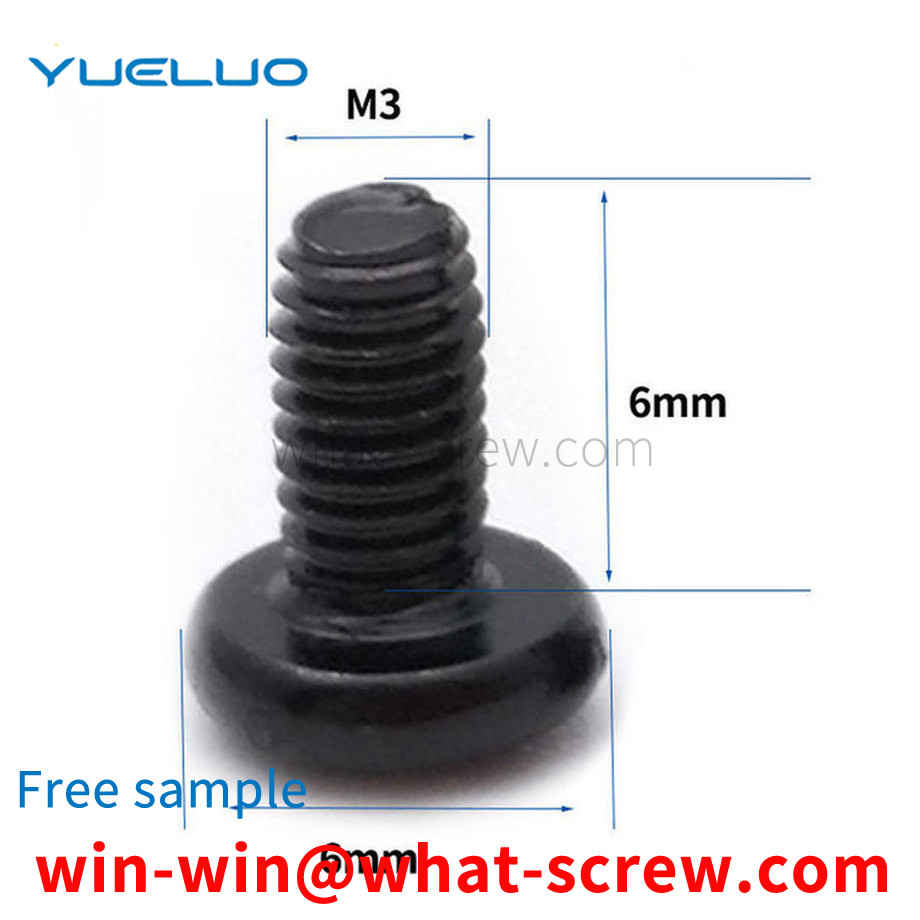
Since the sub-industrial revolution, electricity has been widely used in people's lives. The application and development of electric power liberates the social productive forces and improves the social production efficiency. It is indispensable to the progress of the society. As a necessary constituent element of electric equipment, screws play an important role in the field of electric equipment. Existing screws are composed of screw heads and studs, which require specific tools to be tightened. However, during the maintenance of electrical equipment, some high-altitude workers need to carry extra screws in order to tighten the screws. the tightening tool, the staff caused great inconvenience.
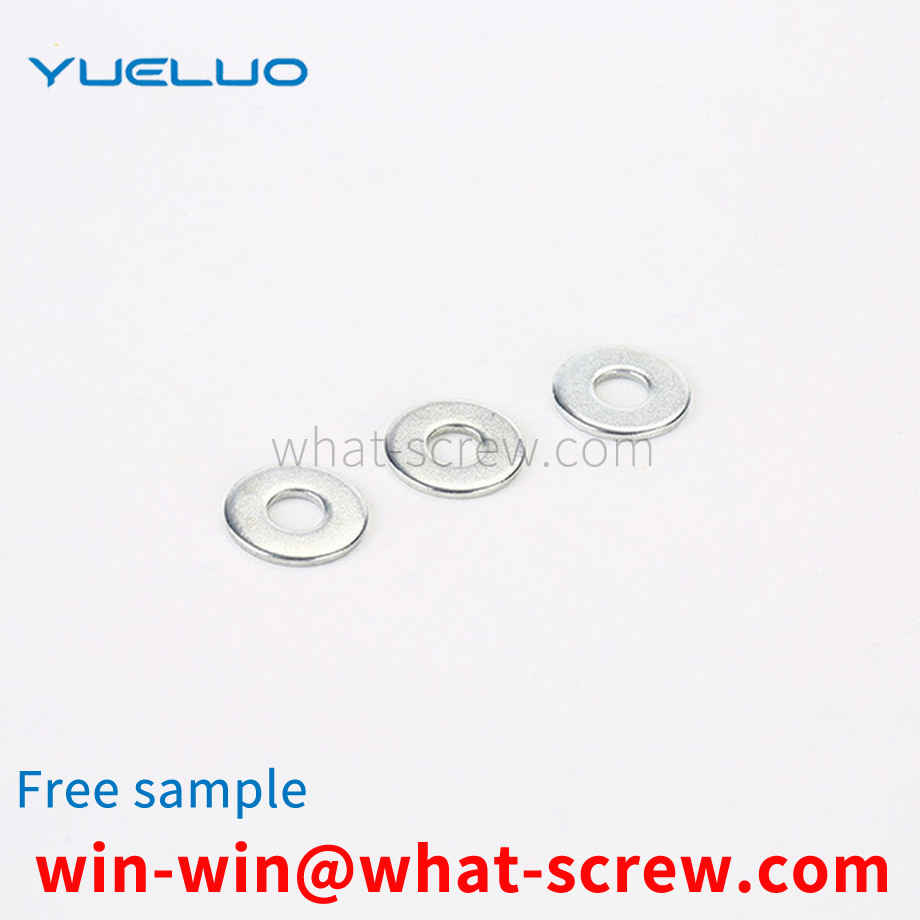
The above content is uploaded by Yueluo or the Internet. If there is any copyright issue, please contact [email protected].

What is the tolerance range of precision screws?

How to choose the right stainless steel screw manufacturer?

Why is there an R angle under the head of the hexagon head s...

We have more than ten years of production experience in the ...

We have more than ten years of experience in the production ...

We have more than ten years of experience in the production ...

We have more than ten years of experience in screw industry ...